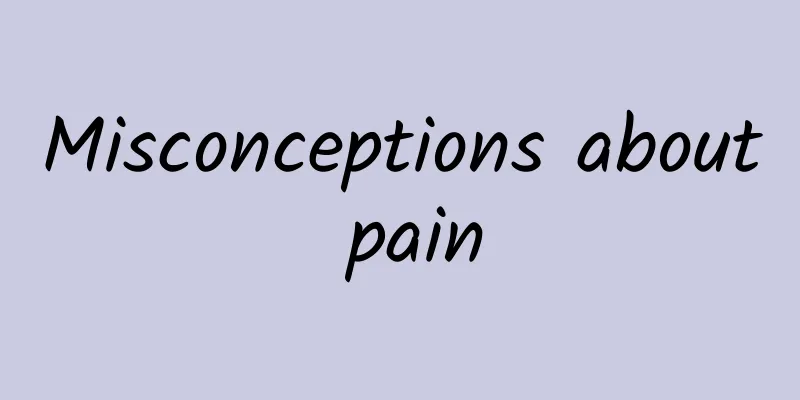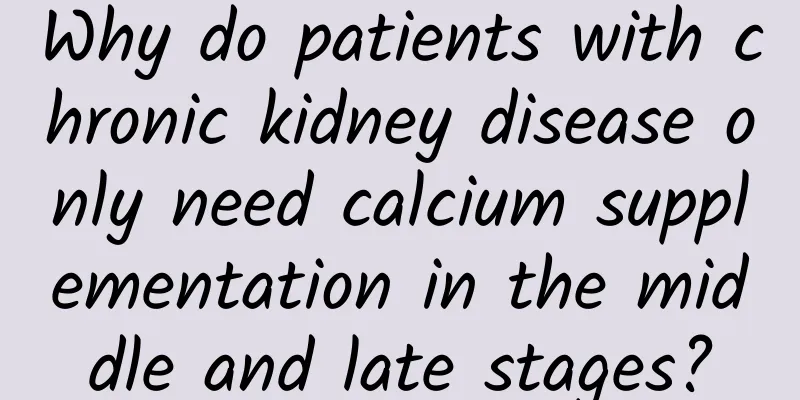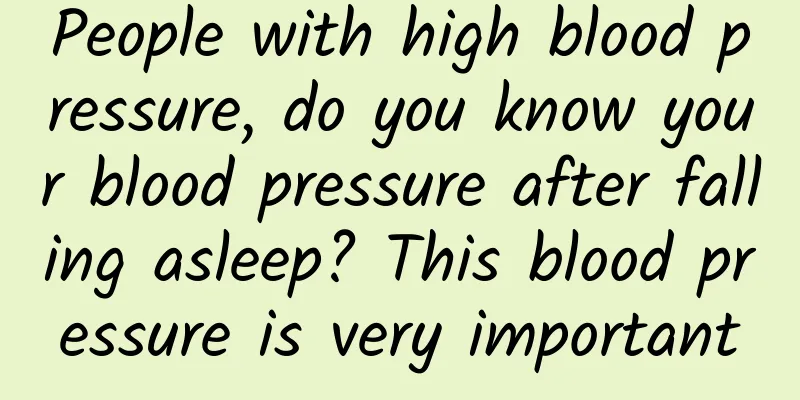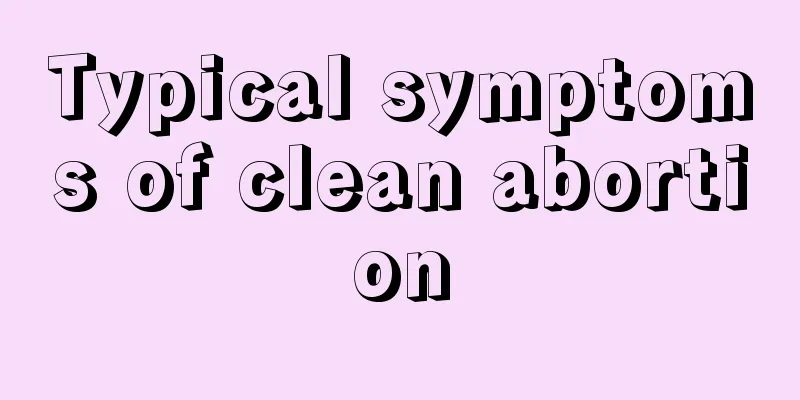Misconceptions about pain

|
Myth 1: Pain is not a disease, it is just a symptom Experts say: Wrong! Pain, especially chronic pain, is a disease in itself and must be treated! For a long time, people have mistakenly believed that body pain is a symptom of other diseases, and that as long as the disease is cured, the pain will disappear. In fact, this is not the case at all! After decades of research, it has been confirmed that chronic pain is a disease in itself. The lesion site is in the nervous system. If the root cause is not found, the pain may not be relieved! For example, trigeminal neuralgia and postherpetic neuralgia are diseases in themselves. If the pain is cured, the disease will be cured. Myth 2: If it hurts, just bear with it Experts say: There is really no need to endure the pain any longer, go see a doctor! “It takes a hundred days to heal a broken bone, so it’s normal to feel pain for more than a hundred days!” “It’s normal to feel pain after surgery!” Such notions are unacceptable! Don't bear the pain, take active treatment measures. If you keep delaying to see a doctor, it is very likely that acute pain will turn into chronic pain, or even never heal. If you actively treat it, there is a great chance of recovery. At present, 95% of chronic pain can get satisfactory results. Myth 3: Which department should I go to for the pain? Experts say: Wrong! Many chronic and intractable pains require treatment with a pain specialist. If you have lower back pain, you should see an orthopedic surgeon; if you have mouth pain, you should see a dentist; if you have a headache, you should see a neurologist or a neurosurgeon... We should change the idea that you should see the department that deals with the pain in the part of your body! For example, if an elderly person has occasional pain due to lumbar disc herniation, but it is not severe enough to require surgery, what should he do? In this case, he can go to the pain department for a checkup! If you suddenly feel pain here and there, should you go to a specialist clinic or a pain department? Here are two principles: First, for acute pain caused by primary diseases, you should go to the corresponding department. For example, if you have sudden angina, you should go to the cardiology department, and if you have sudden acute abdomen, you should go to the general surgery department. Of course, in very urgent cases, you can go directly to the emergency department! Second, chronic and intractable pain, including pain for which the cause has not been found or the cause has been found but cannot be cured, should be treated by the pain department. Specifically, the following pain-related diseases can be treated by the pain department: 1. Acute pain includes acute injury pain of soft tissue and joints, postoperative pain, obstetric pain, herpes zoster pain, gout, etc. 2. Chronic pain This is the main diagnosis and treatment scope of the pain department, including: chronic neuropathic pain, such as trigeminal neuralgia; chronic musculoskeletal system diseases, such as cervical spondylosis, lumbar disc herniation, chronic low back pain, heel pain, frozen shoulder, etc.; chronic postoperative pain, such as back surgery pain syndrome, phantom limb pain, post-thoracotomy pain syndrome, etc.; other chronic painful diseases, such as headache, chronic pelvic pain, etc. 3. Cancer pain includes pain from advanced tumors, pain related to tumor treatment, pain from benign tumors, etc. 4. Special pain diseases include osteoporosis, thromboangiitis obliterans, diabetic neuropathy, intractable angina pectoris, idiopathic chest and abdominal pain, etc. 5. Related subject diseases include early retinal vascular embolism, sudden deafness, vasospastic diseases, hemifacial spasm, allergic rhinitis, intractable hiccups, peripheral vascular diseases, insomnia, etc. Myth 4: Treating pain means taking painkillers Experts say: Wrong! If you come to the pain department, you will know how many treatment methods doctors have! "To relieve pain, most of the time you just need to take painkillers, massage, or traction, right?" These are all traditional methods. Now the skill index of pain physicians has improved by several levels! In the pain department, doctors will make clear diagnoses for various types of pain that are not effectively treated by clinically related departments, analyze the causes of pain and the physiological and pathological causes, and provide patients with minimally invasive interventional surgical treatments such as drug treatment, nerve blocks, various types of nerve modulation and nerve destruction treatment, and psychological treatment. Especially for intractable pain that is not responsive to drug therapy, various unique technologies will be used for comprehensive treatment to effectively relieve symptoms and improve quality of life. Myth 5: The pain will go away after treatment Experts say: Wrong! The pain may come back, and persistence is the key to treatment! Chronic pain is a chronic disease. Like high blood pressure and diabetes, it has periods of onset and remission. The condition may recur repeatedly, and some even require repeated treatment and lifelong medication. For such diseases, the purpose of treatment is not to completely eliminate pain, but to relieve symptoms, prevent onset and complications, and improve function. |
<<: Don't neglect the elderly's nighttime health care
Recommend
My period is 8 days late.
I believe that most people know that sex during m...
What can girls eat to increase hair volume?
As the saying goes, man is iron and rice is steel...
How to treat cleanliness IV degree
Because female friends may not pay much attention...
What to do if your breasts are small_What to do if your breasts are particularly small
Many people have very small breasts, but they are...
What is the physical condition that makes it difficult to get pregnant?
It seems easy for a woman to get pregnant, all sh...
Why does a pregnant woman feel bitter in her mouth when she wakes up in the morning?
After a woman becomes pregnant, she undergoes tre...
How long after giving birth can I walk?
Childbirth is a very important event in a woman&#...
There is a lump in the breast
The breast is a very important part of the female...
IPR: 2019 Social Disinformation Report
IPR released its 2019 Social Disinformation Repor...
YouGov: Survey shows Apple is most popular among users aged 35 and above
YouGov, a British brand awareness research compan...
What to do with chest pain after childbirth
Recently, there have been many cases of chest pai...
Diagram of the correct way to do anal contraction exercise
The purpose of anal and vaginal contraction exerc...
What are the symptoms of female mole sores
Hemorrhoids are a disease that people are relativ...
How to deal with knee injuries caused by climbing stairs? How to change the thickening of calves caused by climbing stairs?
We use our knee joints when we go up and down sta...
30 weeks premature baby picture
Every pregnant mother hopes to give birth to a he...









